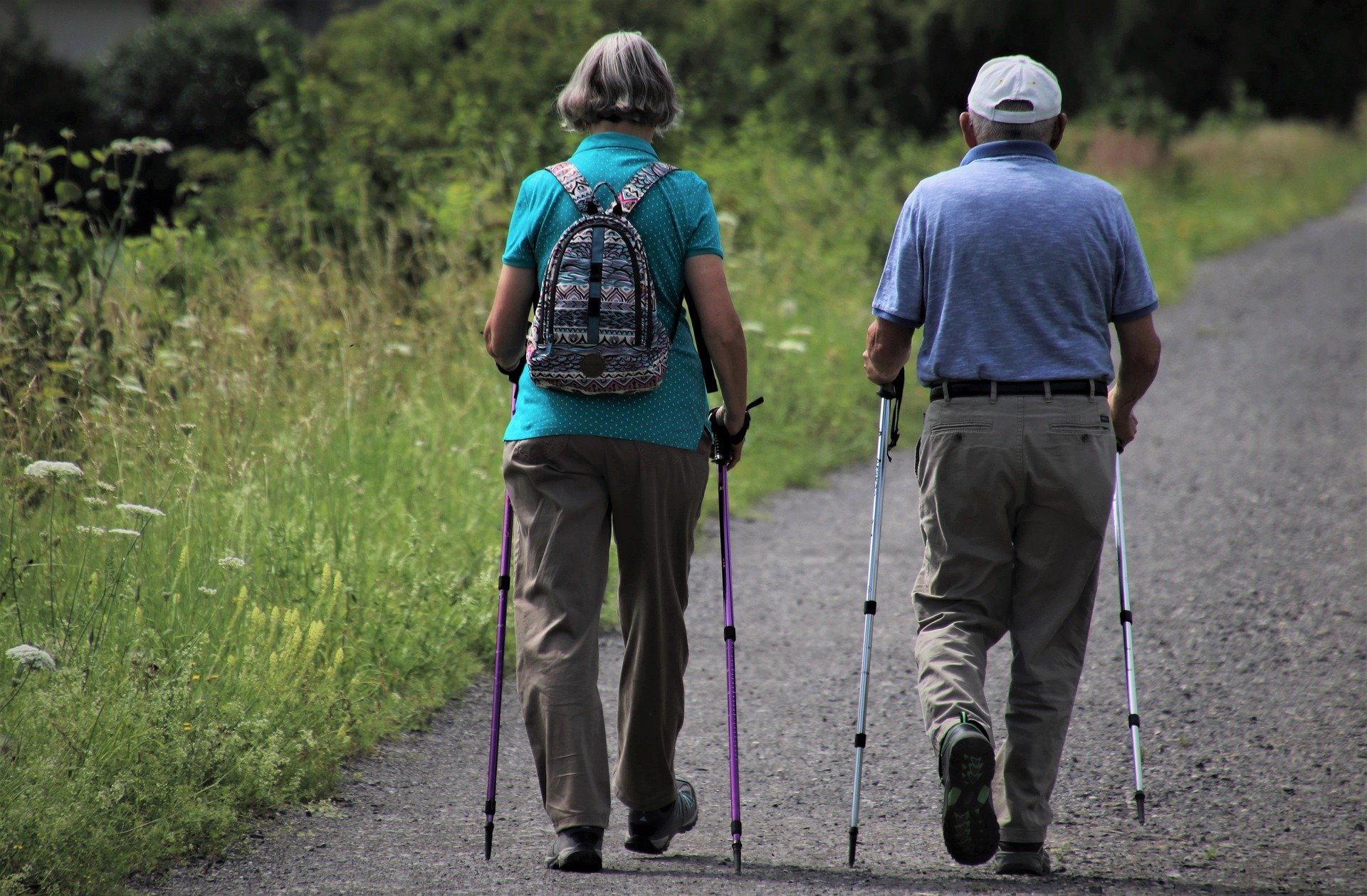Self help - Osteoarthritis

Documents / Leaflets
Osteoarthritis affects more than 8 million people in the UK. It can affect any of your joints, but most commonly knees, hips, thumbs, shoulders and toes.
It has lots of different names and can be described in different ways such as ‘wear and tear’ and ‘degenerative changes’, but it is a normal part of the ageing process.
Age, gender, obesity, genetics and lifestyle, all play a part in how much it limits our lives.
Most people notice some tenderness over the joint, swelling, creaking/clunking, some restrictions to movements and maybe even a feeling of instability in the joint. What we tend to find, in most people with OA, is that the muscles around their joints have lost strength.
There has been lots of research into the best ways for us to manage OA and below you will find a summary of what the research says may benefit you the most.
Activity
Most importantly exercising is good for your joints!!
Exercise has been found to reduce pain as much as medication. It does not have to mean going to the gym, it can be walking, cycling, dancing, swimming, gardening or anything else you fancy doing.
Some small changes to your lifestyle can make a big difference but it does take time to feel the benefits.
Pain Management
Some people find that anti-inflammatory gels (such as Ibuleve or Voltarol) help with their pain. These can be used alongside simple pain tablets such as Paracetamol. There gels are readily available from Pharmacists that can help to provide short term relief directly to the joint. Some people may prefer to take anti-inflammatory tablets but there are numerous reasons why you will need to check you are OK to use these tablets, especially long-term. For further advice on medication, please speak to your local pharmacist/GP.
Pacing
Pacing means learning to adjust your activities so you avoid ‘over doing it’. Some people find themselves getting into a ‘boom and bust’ pattern, we can help people to learn different ways of managing their activities, so they can do everything they want to do, without aggravating their symptoms. We call it the ‘Goldilocks principle’, it is about finding out how much, is too much and then building up your body’s tolerance, until you get the balance just right. It can take some practice, but it will be well worth the wait.
Sleep
Sleep is vital for our body’s recovery and repair processes. It can be difficult when pain keeps you up at night or if you have never been a good sleeper. However, some simple advice can make a big difference to your sleeping patterns.
Try to keep to a routine at bed time and to get up at a similar time each day. Avoid reading or looking at your phone or watch TV in bed. If you cannot sleep after 20 minutes get up and do something to distract yourself.
Try to reduce or cut out caffeine after lunch.
Not all of these things will work for everyone, but they are all good starting points for people who are struggling to sleep.
Flare Ups
Unfortunately they will happen.
But we plan to help you gain greater control of them, by having more tools to manage them; you can help reduce their frequency, intensity and duration.
When you experience a flare up – keep exercising, even if you have to reduce the amount you do, it’s still important to keep going. Adapt rather than avoid.
Take pain medication regularly to help control the pain and use your anti-inflammatory gels. If the joint is swollen, elevate if possible, use ice and rest periods to help reduce the swelling. Tubigrip or supports can help short term with knee OA.
What Can Physiotherapy Do To Help You?
- Exercise in the community
- Social groups – Community 360, U3A, Team 2gether
- Classes – OA classes, Late Leg class, reconditioning class, walking football
- Hydrotherapy
- 1:1 Physio
- 1:1 with Gym Instructors
- Pain management seminar
- My Weight Matters
- Podiatry referral
- Health in Mind referral